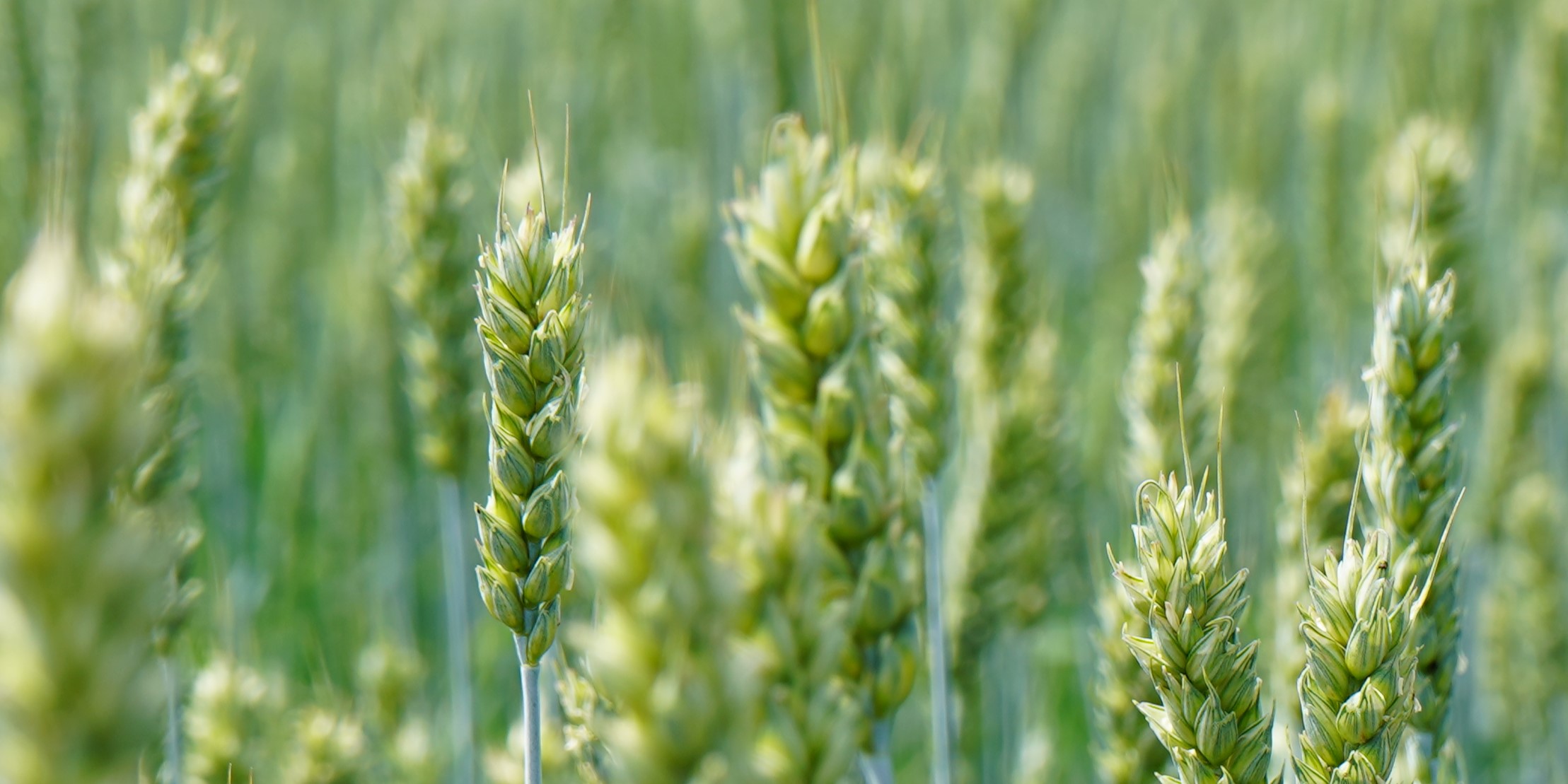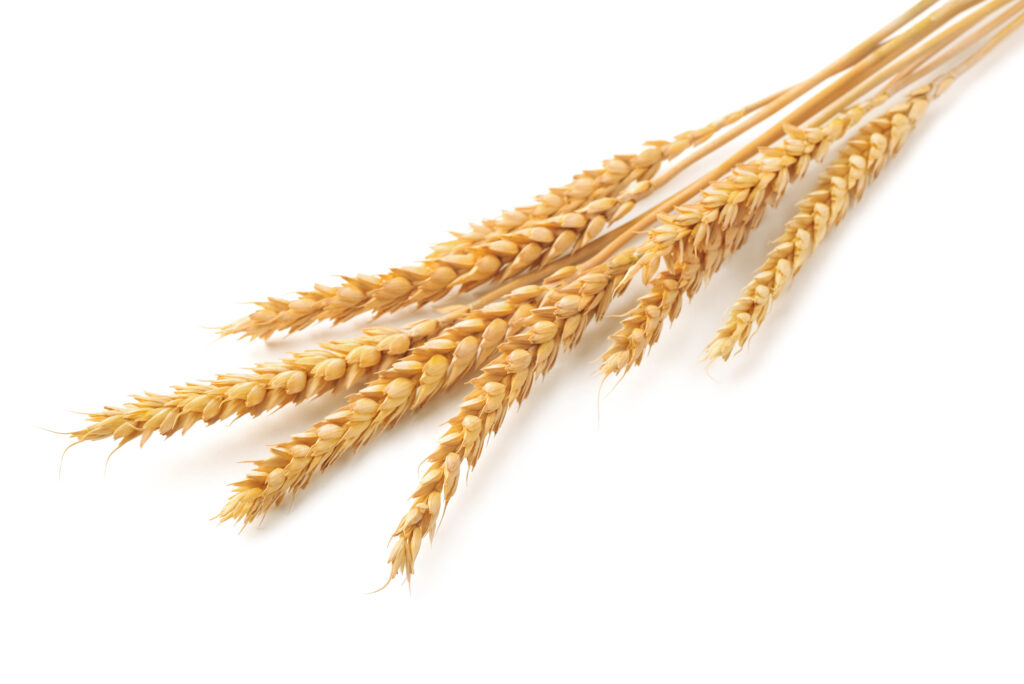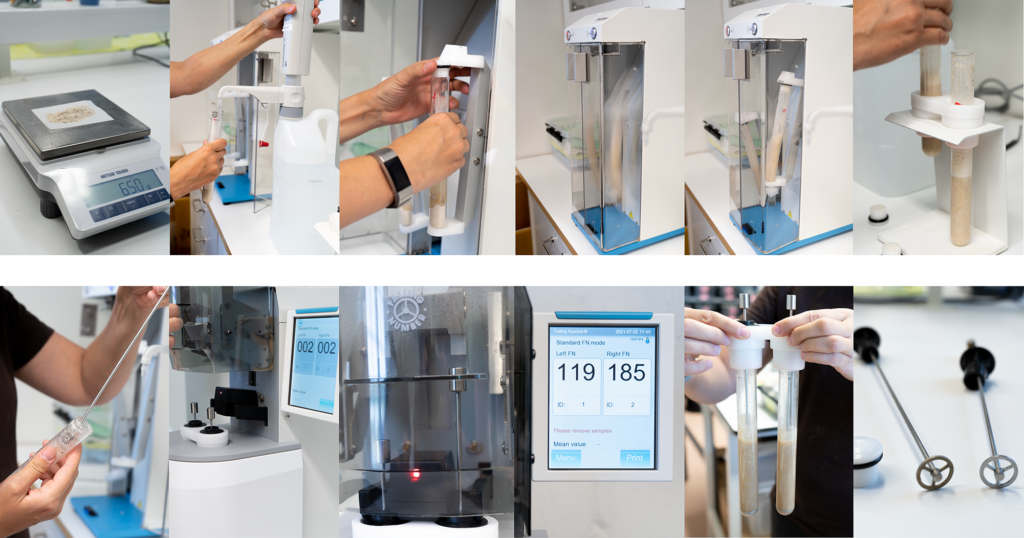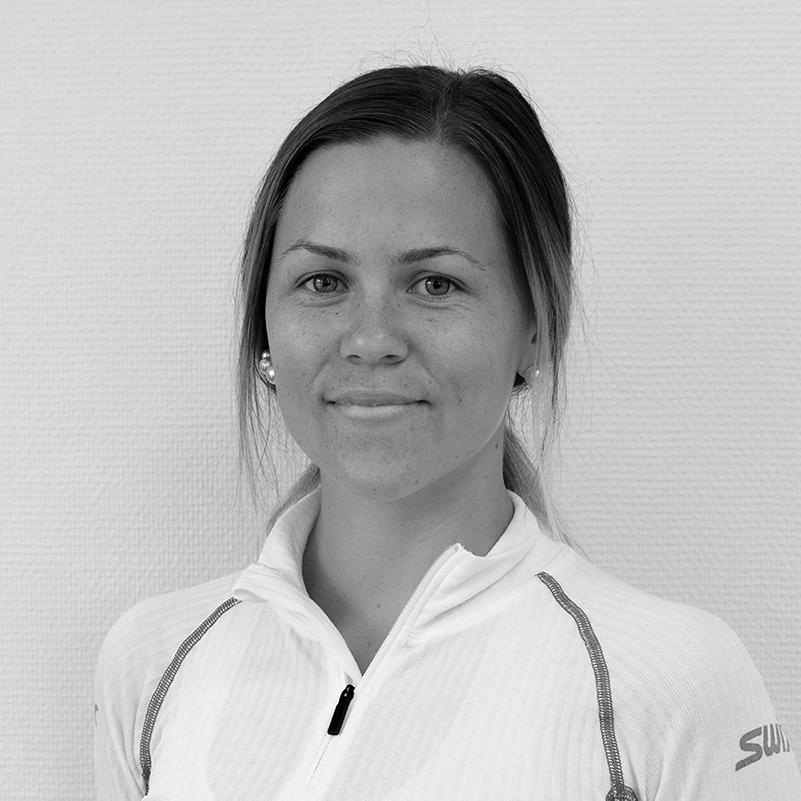


Wheat
Wheat is the most important food grain cultivated in Norway. Its good baking properties makes it the most important cereal species for baking. High protein content with gluten proteins makes dough rise and keeps it from collapsing during the baking process.

Wheat requires more warmth compared to other cereal crops and is thus primarily cultivated in the southeastern parts of the country. Mainly in Vestfold and Telemark, Viken, and the southern areas of Hedmark in Innlandet.
In Norway, both spring wheat and winter wheat are grown, with spring wheat covering the larger area. The area for winter wheat varies depending on the sowing conditions in the fall, as well as winter survival. Wheat is categorized into classes, with Class 5 having the lowest and Class 1 having the highest quality. Spring wheat falls within Classes 1, 2, and 3, while winter wheat falls within Classes 4 and 5. 60% of the spring wheat cultivated in Norway consists of varieties from Graminor.
Bread wheat is priced based on quality requirements. The minimum requirements include a test weight of 79 kilograms per hectoliter, a protein content of 11.5%, and a falling number above 200 to be classified as bread wheat. Wheat that does not meet the requirements for food quality is used as animal feed.

Until the 1970s almost all wheat for human consumption in Norway was imported. In the mid-1970s, efforts were started to provide Norwegian agriculture with wheat varieties that were adapted to the Norwegian climate through variety development and other initiatives. Since then, the Norwegian production of wheat for human consumption has increased from 0% self-sufficiency to around 75% in good years.

The aim of Graminor’s wheat breeding program is to breed varieties with good agronomic and quality traits. Graminor breeds new varieties of spring wheat and provides Norwegian farmers with winter wheat seed through representation of foreign winter wheat varieties.
Important agronomic traits:
- High yield
- Early maturation.
- Good straw strength and straw quality.
- Good resistance to disease and pests, especially powdery mildew, yellow rust, Fusarium and Septoria, which are important for both crop yield and quality.
- For winter wheat, strong overwintering abilities are important.
Important quality traits:
- High hectolitre weight.
- Suitable and high falling number.
- High protein content of good quality, which is a deciding factor for baking and hygiene.
- Good hygienic quality (low values of fungal toxins and mould).
Meet the wheat team





